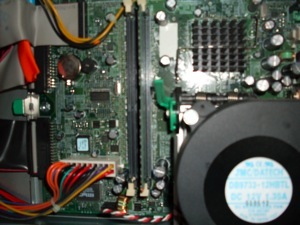Multimodality
enhances writing in contemporary composition classrooms. Although
multimodality is not necessarily digital, digital writing often implies
multimodal writing. Digital writing enables students to think
differently about how they compose, especially because “electronic
writing […] constructs a vision of writing as an ongoing process”
(Blair & Takayoshi, 1997, p. 366). The writing process becomes one
fluid motion for students who compose digitally: in an electronic
arena, students can download, cut, copy, and paste to merge others’
words with their own, enabling for new, remixed styles of composition
(Blair & Takayoshi, 1997, p. 367; Blair, 2009). By allowing for
remixed culture to surface, multimodal composition enhances students
understanding of how texts are produced as well as the place of
composition studies in an increasingly digital world.
|

